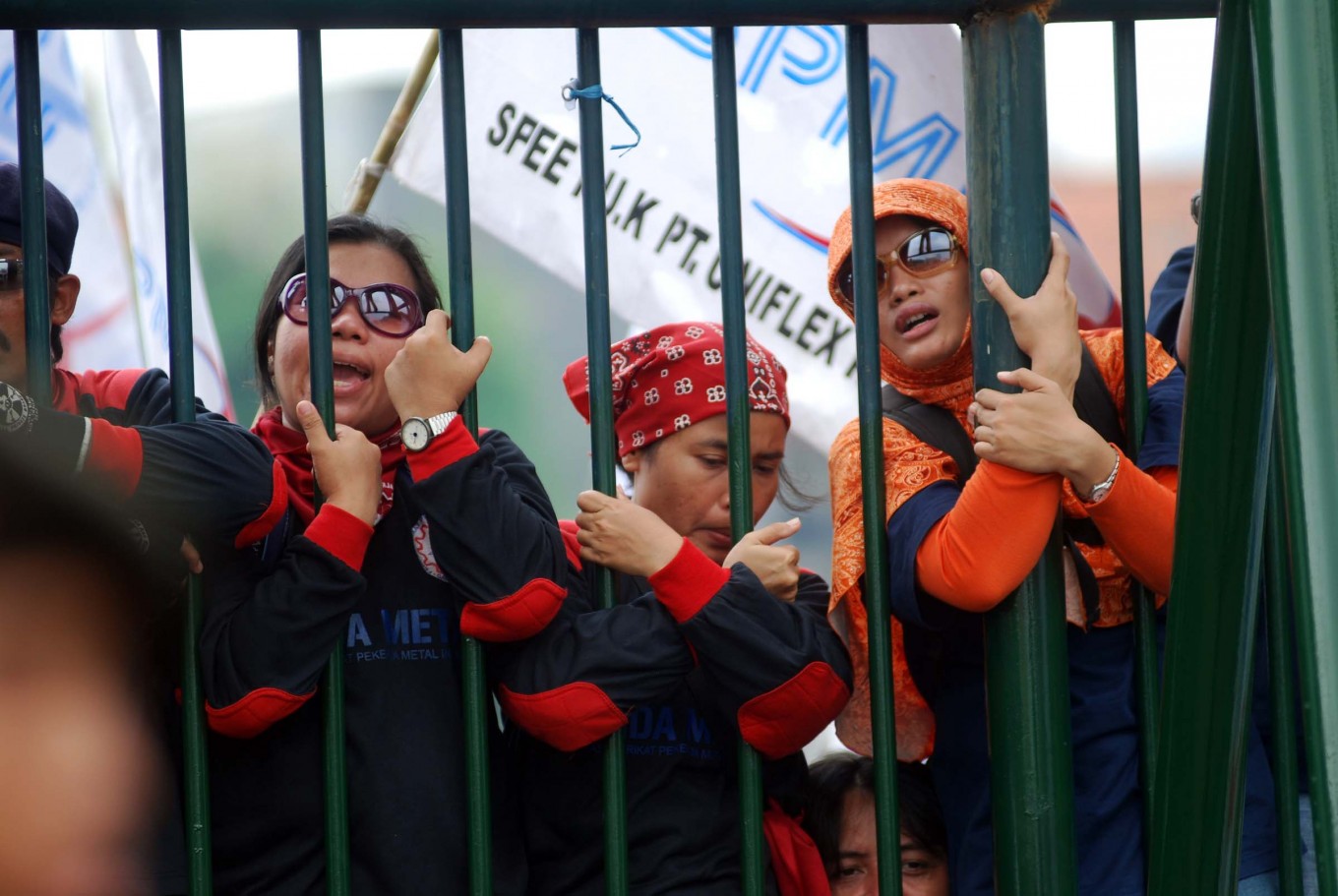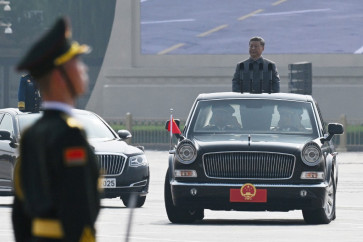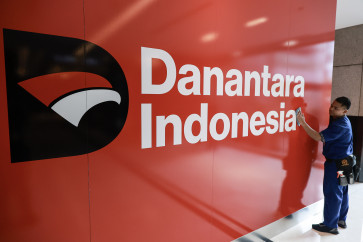Popular Reads
Top Results
Can't find what you're looking for?
View all search resultsPopular Reads
Top Results
Can't find what you're looking for?
View all search resultsPerennial wage issue
However rational and good-intentioned Anies’ renegade wage policy for the welfare of low-income workers might be, his defiance of the government’s wage guidance would damage the credibility of a fixed formula for determining the annual minimum wage already stipulated in Government Regulation No.36/2021 (PP36).
Change text size
Gift Premium Articles
to Anyone
J
akarta Governor Anies Baswedan’s recent decision to increase Jakarta’s minimum wage by 5.1 percent for 2022 or almost five times the level determined by the central government could cause new uncertainty in labor regulations.
However rational and good-intentioned Anies’ renegade wage policy for the welfare of low-income workers might be, his defiance of the government’s wage guidance would damage the credibility of a fixed formula for determining the annual minimum wage already stipulated in Government Regulation No.36/2021 (PP36).
The governor’s decision violated PP36, which implements the labor provisions in the Job Creation Law, and legally speaking, anything issued against the national law cannot be enforced. Over the past decades, the government has annulled many regional bylaws and regulations issued by provincial or regency administrations that run against national laws.
We can only wonder why the central government has not yet dealt firmly with Anies’ latest policy and allowed it to become a controversy.
The jobs law and PP36, which mandate a bold reform on labor regulations and has long been viewed by businesspeople as too rigid and a barrier to investment, were the outcome of 18 years of the democratic process through public debates and political deliberations at the House of Representatives.
After encountering intermittent street protests and sometimes waves of workers strike during the annual minimum wage review between October and November, the government, trade unions and business associations finally agreed to set a fixed formula for calculating minimum wage using economic growth and the national inflation rate as the main indicators.
The formula was later revised by including regional economic growth and inflation as additional indicators to enable provincial governors, regents or mayors to set more appropriate wages in their respective areas. PP36 further improves the formula by adding three more indicators: local purchasing power, labor absorption rate and median wage.
It is indeed inevitable that Indonesia’s large population — spread throughout the world’s largest archipelago — would result in wide differences between provinces in terms of economic conditions, potential, and the needs of workers. And this, too, will cause differences in the provincial minimum wages — but not as strikin as intended by Anies’ policy.
PP36 was for the first time applied to determine the minimum wage for provinces for 2022, which resulted in an average rise of only 1.09 percent.
That increase seemed quite low compared to the average wage rise of 8 percent over the past five years to 2019, when gross domestic product (GDP) growth averaged just 5 percent. The economy did contract by 2.1 percent in 2020, but GDP is estimated to expand by 3.7 percent this year and by 5.2 to 5.6 percent next year, while inflation is estimated at 1.6 percent this year and 2.2 percent in 2022.
But given what appears to be an anomaly, it is incumbent on the National Wage Council, which represents the government, employers, trade unions and academics, to explain to the public in layman terms how each of the five indicators was weighted in the wage calculation.
Or we the country will continue to be mired in controversy for months to come.











